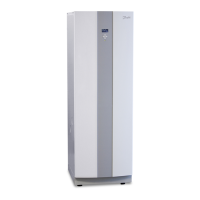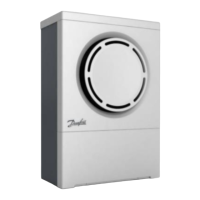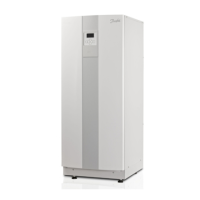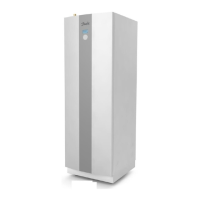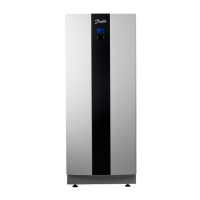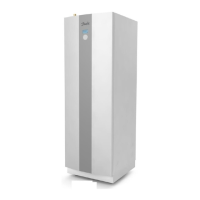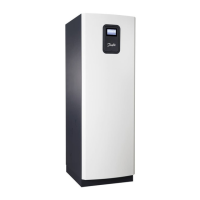Cause Troubleshooting Remedy
7. The compressor runs backwards. The
incoming phases have the incorrect
sequence (only applies to 3-phase heat
pumps). If the compressor runs backwards,
it will not cope with compressing the refrig-
erant and therefore does not produce the
correct power, which leads to the control
computer requesting auxiliary heating.
•IfthetextERRPHASESEQappearsinthe
display when the heat pump is powered,
(only appears in the first 10 minutes) this
means that the phases have the incorrect
sequence.
•Whenthecompressorisrunning,check
the delivery pipe temperature by feeling
the delivery pipe that should be hot (not
just warm) even a little distance from the
compressor if the phases are correctly
sequenced.
•Whenthecompressorrunswiththephas-
es incorrectly sequenced a strange noise
may be heard (loud, rattling) when the
compressor runs backwards.
If the phases are in the incorrect order,
switch two incoming phases at the main
terminal block and recheck according to the
troubleshooting window.
Problem – The heat pump consumes too much energy
Cause Troubleshooting Remedy
1. Blocked strainer in the heating system. Check that the strainer is not blocked. Clean the strainer if necessary.
2. The compressor cannot run due to an
alarm.
Check the alarm that is indicated in the
display.
Rectify the problem and rest the alarm. See
the Operational problem – Alarm, section.
3. Incorrect flow over hot side of the heat
pump.
Measurement check what the difference
between the supply and return line is using
a thermometer (∆t). The difference should
be about 7-10°C (can vary depending on
refrigerant). A lower ∆t results in reduced
efficiency in the heat pump.
Adjust the system to obtain the correct ∆t.
4. Incorrect flow in the brine circuit. Measurement check what the difference
between the supply and return line is using
a thermometer (∆t). The difference should
not be more than 4°C. A greater ∆t results in
reduced efficiency in the heat pump.
If the difference is greater than 4°C note
what is causing it. E.G.: Dirt in the filter, sys-
tem restrictions, system with high pressure
drop.
5. The heat pump’s control computer is
not set/adjusted to the customer’s require-
ments/wishes.
Check the ROOM and CURVE and MIN set-
tings.
Adjust incorrect values in the heat pump’s
control computer.
ROOM = Desired indoor temperature.
CURVE = Should be set so that the desired
indoor temperature (ROOM) is maintained
regardless of the outdoor temperature.
MIN = Lowest set-point value on the supply
line regardless of the outdoor temperature.
6. The interval for peak heat operation has
changed to a lower value than the factory
set value. This results in the heat pump
going into peak heat operation more often
than calculated.
Check the specified interval for peak heat
operation in the control computer, see
instructions for relevant model.
If there is a shorter interval between the
peak heat productions, this explains why
the unit consumes more current than calcu-
lated, but this does not mean for sure that it
should be increased, there might be a rea-
son why the interval has been changed.
7. The heat pump has stopped on HIGH
RETURN.
•CheckwhattheMAXRETURNvalueisset
at in the heat pump’s control computer. It
must be adjusted to the unit’s maximum
supply temperature and the system’s delta
temperature so that it does not cut at too
high a return temperature when the highest
supply temperature is transmitted.
•Checkwhatthereturnlinesensorshows,
is it a plausible/actual value? If not, take
a resistance reading from the sensors
and check against the ohm table in the
Measurement points section.
If the MAX RETURN value is not adjusted for
the system according to the troubleshoot-
ing window, adjust it.
If the sensor is defective, replace it.

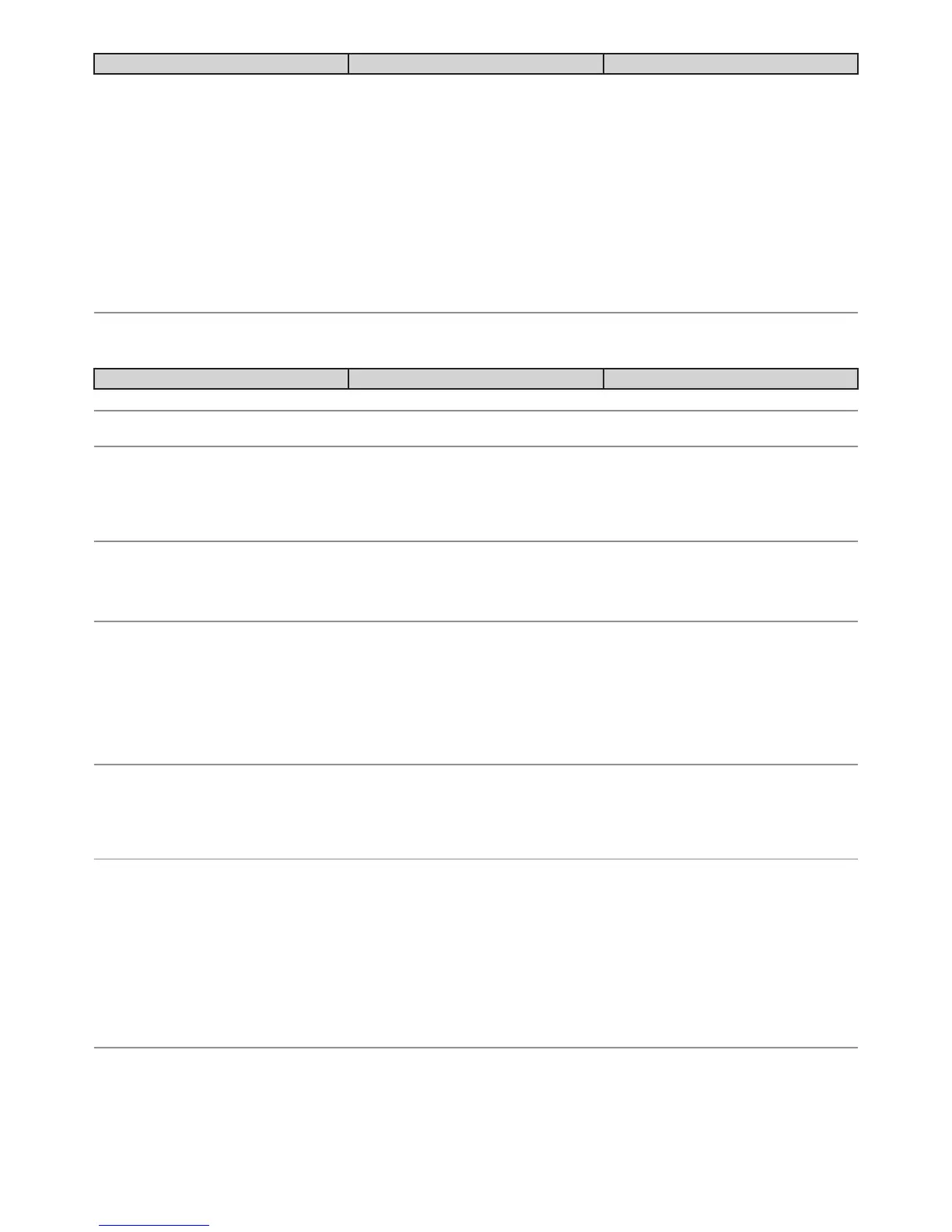